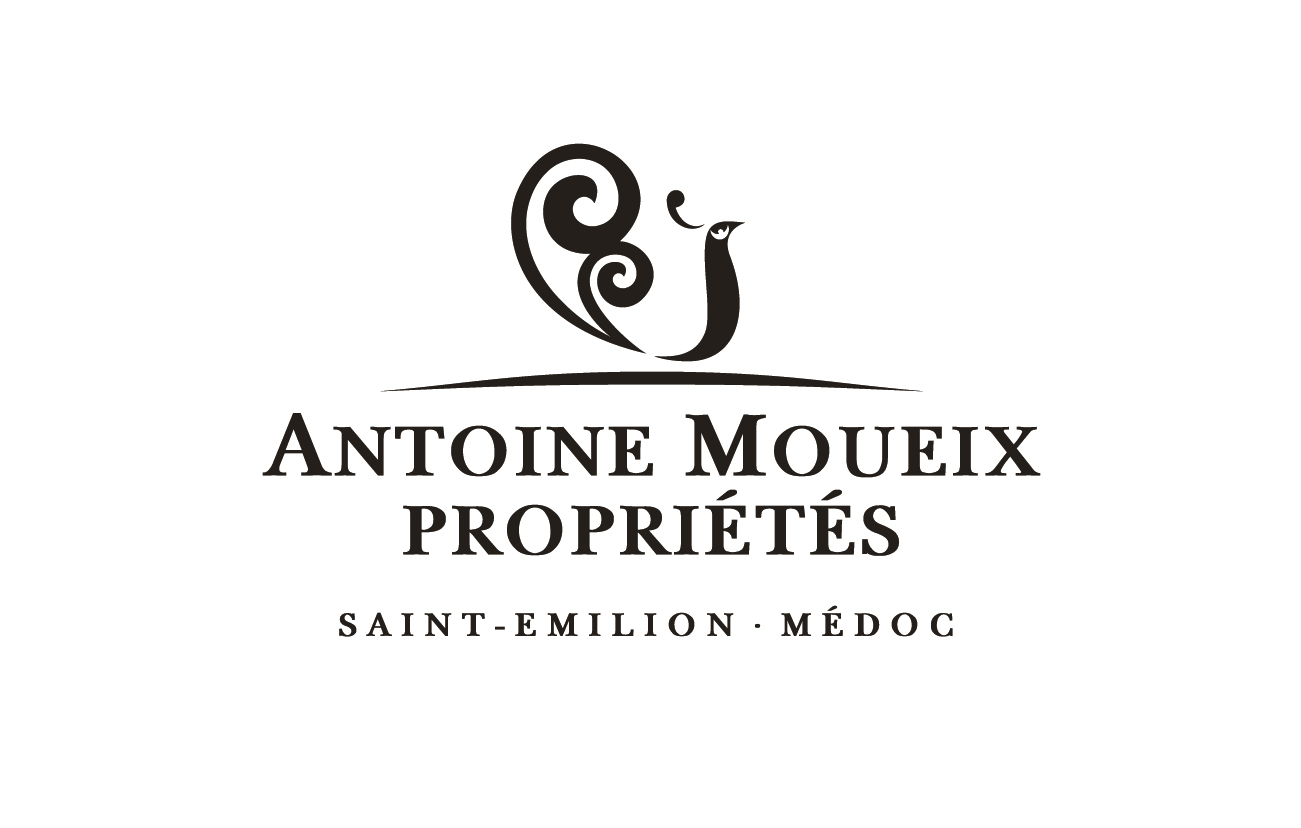At Château Liversan we strive towards the good health of our plants, our people and the environment. Working and aerating the soil, investing the limestone subsoil, with roots firmly anchored in the ground, as sturdy as our aim to reveal the essence of the terroir through our wines, year after year.
Pruning our precious 6 bunches per vine, selecting the best shoots in May, keeping only the finest bunches, exposing them to the sun, waiting and knowing how to anticipate and be patient in choosing the best maturity for each plot… these are Liversan’s secrets.
The soil is patient: the message of Liversan’s ancient colossus with limestone feet is interpreted by the vine, for all those ready to listen!
Liversan is a long, firm handshake, never crushing, but always giving time to taste and transmit the emotion found here.
History
In the 18th century, the Marquis de Latresne family, Knights of the Order of Malta, were the first owners of Château Liversan: they were responsible for really putting the estate on the map at the time.
Several owners followed, including a German family, the Voncampes.
In 1984, the estate was taken over by Prince Guy de Polignac (born in 1905). A relative of the Monaco royal family, he looked to acquire a vineyard in the Bordeaux region after his experience in Champagne, with Pomery. To this day, the family coat of arms is engraved on the entrance to the Château.
The Lapalu family has tenant farmed the estate since 1995. In 1996, “Les Trois Châteaux” was created, combining Châteaux Patache d’Aux, Lacombe Noaillac and Liversan. When Antoine Moueix Propriétés took over the Lapalu estates in 2010, investments were made in Château Liversan’s winery and vineyard, in order to hoist both wine and estate to the highest level of Haut-Médoc Cru Bourgeois.
Since July 2019, Château Liversan has been part of a joint venture with Chinese group Changyu. The partnership aims to continue estate development (grubbing-up, replanting), in order to optimise wine making and maturing facilities and to promote the international reputation of a Château with immense quality potential.
Vineyard and cellar
Revealing an exceptional terroir
Discover Château Liversan’s terroir in video
Simple harvesting and vinification methods

Philippe Marchal
Technical Director of Château Liversan
Wines are matured in French oak barrels for enhanced expression of terroir
Estate’s Technical Information
APPELLATION : Haut-Médoc
DISTINCTION : Cru Bourgeois
LOCATION : Saint-Sauveur. To the west of Pauillac, with less Gironde influence. Altitude of 13 metres
CLIMATE : Temperate and oceanic
GRAPE VARIETIES : Merlot (55%), Cabernet Sauvignon (39%), Cabernet Franc (4%), Petit Verdot (2%)
SURFACE AREA : 51 hectares
TERROIR : sandy-silty gravel on the surface, gravelly clay with quartz fractions and limestone fragments at depth, with fossil-rich limestone subsoil
PLANTING DENSITY : 9,000 vines / hectare
AVERAGE AGE OF VINES : 30 years
AGRICULTURAL PRACTICES : soil maintenance by ploughing, winter plant cover, organic compost, use of biocontrol, deployment of alternative control methods (essential oils, clay, talc), leaf thinning
HARVESTING : mechanical, with on-board sorting
VINIFICATION : thermo-regulated stainless-steel tanks from 25 to 200 hectolitres
MATURING : in 225-litre barrels for the duration of the 12-month maturing process, with tests in 500 litre barrels. 25% in new barrels, 25% in one-wine barrels, 25% in two-wine barrels and 25% in vats
CONSULTANT OENOLOGIST : Stéphane Derenoncourt
CERTIFICATIONS : HVE3 in 2017

Château Liversan

The vineyard is located at an altitude of 13 metres and enjoys north/south exposure. Vines are planted on a plateau of fine gravel on limestone subsoil. Wine is vinified in thermo-regulated stainless-steel vats, followed by maturing in French oak barrels for 12 to 14 months with 25% in new barrels, 25% in one-wine barrels, 25% in two-wine barrels, and the remaining 25% in stainless steel tanks. Fairly deep, ruby red. Very expressive, light and woody with fine complexity. Tannins are delicate and silky smooth with wonderful concentration.
- AOC : Haut Médoc
- Distinction : Cru Bourgeois
- Grape varieties : 50% Merlot, 44% Cabernet Sauvignon, 4% Cabernet Franc, 2% Petit Verdot
- Serving temperature : 14 to 16°C
- Cellar potential : between 5 and 10 years
Les Charmes de Liversan

- AOC : Haut Médoc
- Serving temperature : 14 to 16°C
- Cellar potential : between 2 and 5 years
château liversan
Château Liversan
146 Fonpiqueyre
33250 Saint-Sauveur

